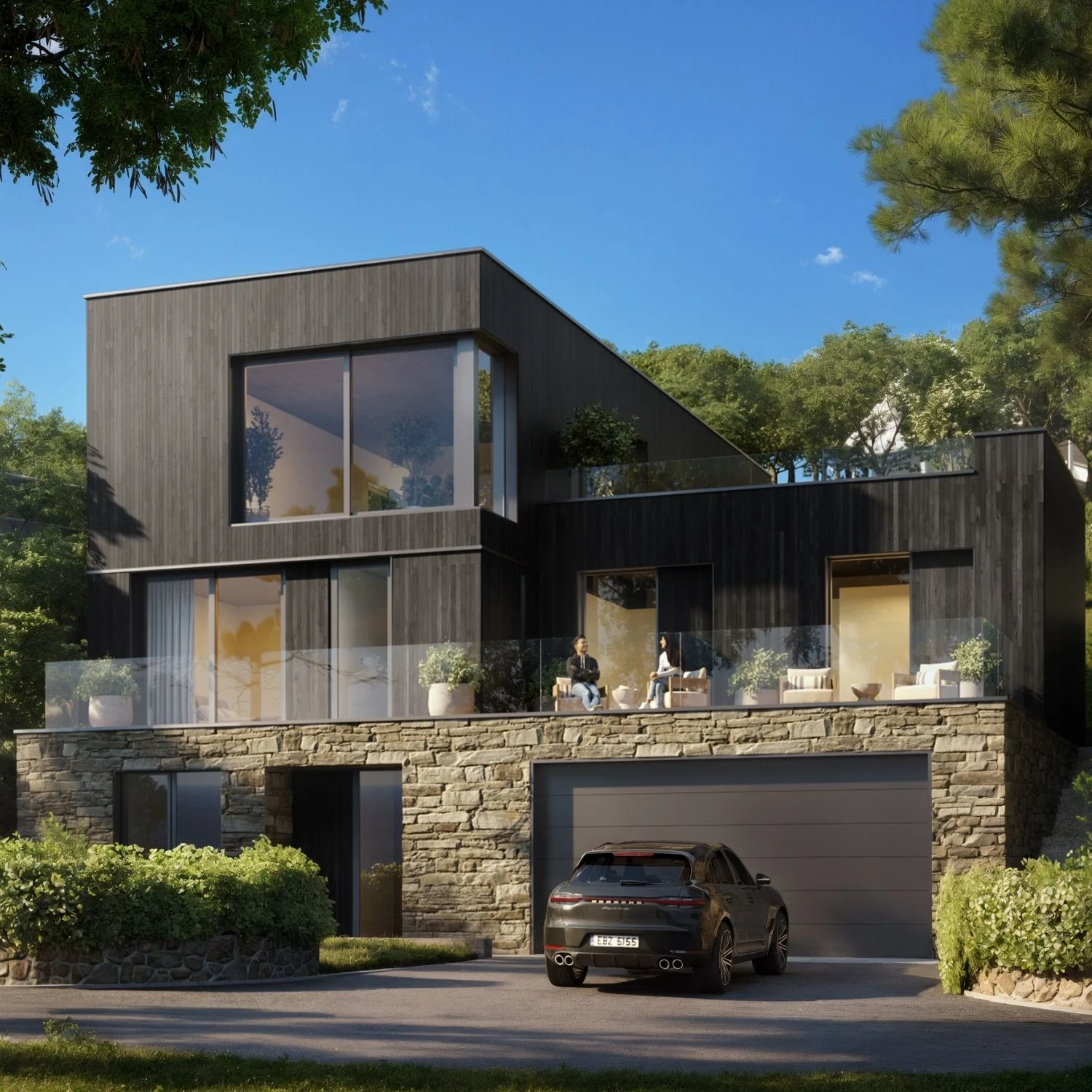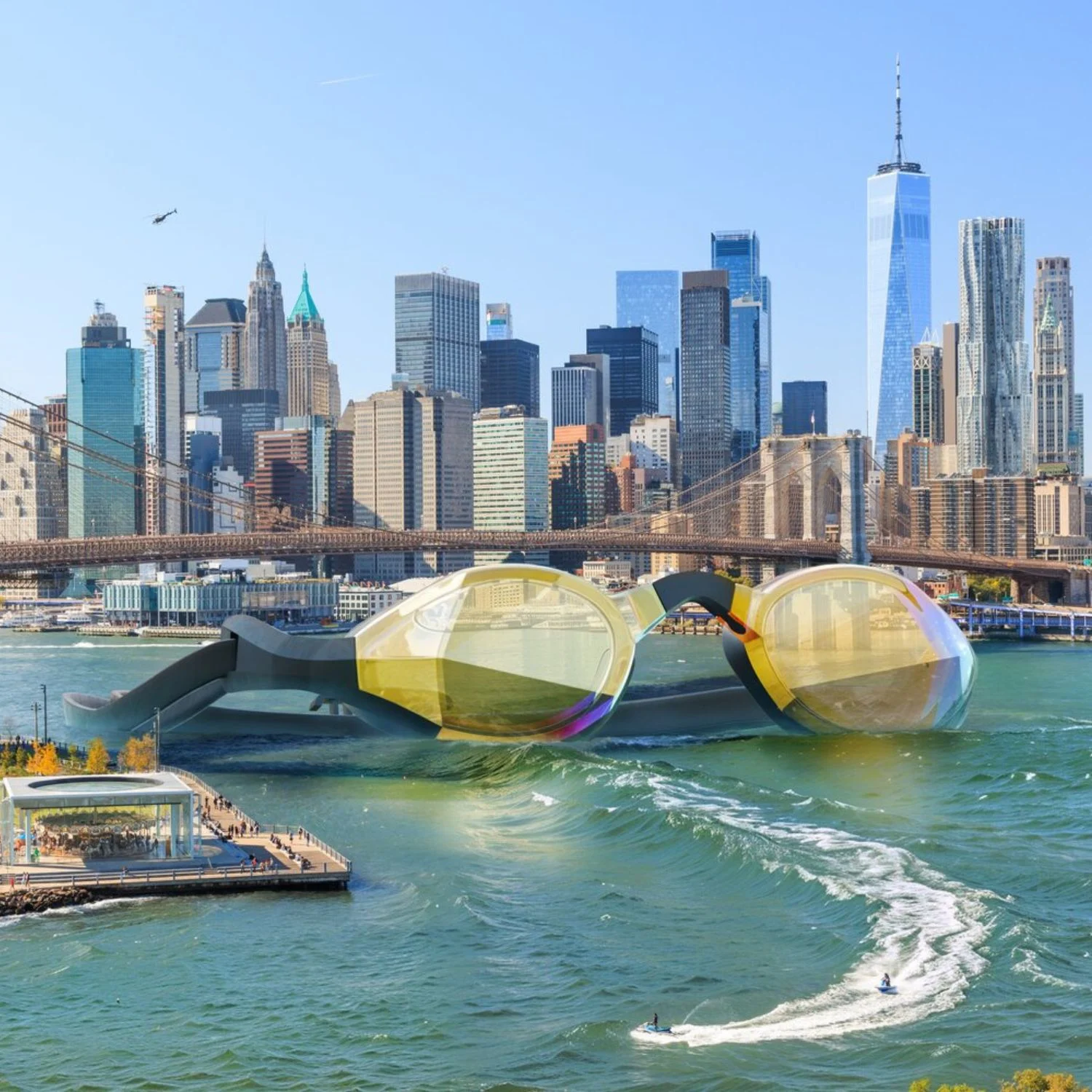Architectural Walkthroughs vs 3D Flythroughs: Which Is Right for Your Design Project?
Walkthroughs vs 3D Flythroughs

Architects and designers have various tools to showcase their projects. The most popular methods are architectural walkthroughs and 3D flythroughs, which bring designs to life with detailed visuals. Although these techniques have similarities in presenting realistic spaces, they differ in execution and the experiences they offer.
This blog post explores design presentations, focusing on the differences between architectural walkthroughs and 3D flythroughs. We aim to give you a comprehensive understanding of each approach, highlighting its unique features and benefits. By comparing these methods, we’ll help you determine which suits your specific design project better.
Throughout this article, we’ll discuss the defining characteristics of architectural walkthroughs and 3D flythroughs and the factors to consider when choosing which approach to use. By the end, you’ll have valuable insights into the pros and cons of each technique, empowering you to make informed decisions that enhance your design projects.
So, let’s embark on this exploration journey, discovering how these tools can transform your designs into captivating and inspiring visual experiences.
Architectural Walkthrough
Architectural walkthrough is a technique used in interior design presentations. It involves creating a virtual space tour, allowing viewers to navigate it as if they were physically present. This approach relies on sophisticated 3D rendering and animation technologies to provide a realistic experience of the design.
Characterized by its interactive nature, architectural walkthroughs enable users to explore different rooms, angles, and details of a design in a dynamic and immersive way. Users can move freely through the virtual space, experiencing the interior’s scale, proportions, materials, lighting, and overall ambiance.
3D Flythrough
A 3D flythrough is a technique employed in design presentations that offers a virtual journey through space from a fixed perspective. It involves a seamless animation that takes viewers on a guided tour, showcasing the design’s different areas and key features. The camera smoothly navigates through the environment, providing a dynamic and visually engaging experience.
One of the defining features of 3D flythroughs is their cinematic quality. They often incorporate dramatic camera movements, synchronized music, and sound effects to evoke emotions and create a captivating narrative. The pace, angles, and transitions are carefully orchestrated to highlight the design’s focal points and create an impactful visual experience.
Comparison Factors
Visualization Quality and Realism
When comparing architectural walkthroughs and 3D flythroughs, one crucial factor to consider is the quality and realism of the visualization. Architectural walkthroughs excel in providing highly detailed and accurate representations of interior designs. They offer a firsthand experience of the space, showcasing materials, textures, and lighting. On the other hand, 3D flythroughs focus on creating visually stunning and cinematic presentations. While they may not offer the same level of interactive exploration as walkthroughs, they leverage dramatic camera movements, lighting effects, and music to evoke emotions and create a captivating visual experience.
User Experience and Immersion
Both, architectural walkthroughs and 3D flythroughs aim to create immersive experiences, but they do so in different ways. Architectural walkthroughs allow users to navigate freely within the virtual space, providing a sense of control and a deeper level of engagement. Users can explore details, perspectives, and angles at their own pace, making it ideal for clients who want a hands-on experience. On the other hand, 3D flythroughs offer a guided tour that takes viewers on a predetermined path. This curated experience can evoke a sense of storytelling and create a more focused and impactful presentation.
Level of Interactivity and Control
The level of interactivity and control is another factor to consider. Architectural walkthroughs offer a high degree of interactivity, allowing users to move through the space, change perspectives, and interact with objects within the virtual environment. This level of control enables clients and stakeholders to provide real-time feedback, make design decisions collaboratively, and explore different design options. 3D flythroughs, although less interactive, provide a seamless and controlled viewing experience, ensuring that the most essential design elements are highlighted, and the intended narrative is effectively conveyed.
Time and Cost Considerations
Time and cost are essential when choosing between architectural walkthroughs and 3D flythroughs. Architectural walkthroughs typically require more time and resources due to the complexity of creating a fully interactive environment. The development process involves meticulous attention to detail, modeling, texturing, lighting, and programming. In contrast, 3D flythroughs can be created more efficiently as they follow a predefined path and focus on cinematic effects. This can result in shorter turnaround times and lower costs.
Choosing the Right Approach
When it comes to selecting the most suitable approach for your design project, several factors should be taken into consideration:
- Project Goals: Clearly define the objectives of your presentation. Do you want to provide an immersive exploration of the space or create a visually impactful and emotionally engaging experience? Understanding your project goals will help determine which technique aligns better with your plan.
- Target Audience: Consider the preferences and expectations of your target audience. Are they more likely to engage with an interactive experience that allows them to explore and provide feedback, or do they prefer a guided visual journey? Tailoring your presentation approach to suit their preferences and needs will enhance their understanding and appreciation of your design.
- Design Complexity: Evaluate the complexity and scale of your design project. An architectural walkthrough may be more suitable for comprehensive exploration if your design includes intricate details, unique spatial arrangements, or numerous customization options. Conversely, if the focus is on creating a captivating visual narrative or showcasing key design features, a 3D flythrough can effectively convey the design intent.
Selecting 3D Walkthrough vs. Flythrough for Your Design Project
In conclusion, both architectural walkthroughs and 3D flythroughs have their merits and can be powerful tools in showcasing design projects. The choice ultimately depends on your audience’s specific objectives, desired outcomes, and preferences. By carefully assessing these factors, you can determine the most suitable approach to engage your viewers, convey your design intent, and achieve your project goals.
Remember to leverage the strengths of each technique and adapt them to the unique requirements of your design projects. Whether you opt for the immersive interactivity of an architectural walkthrough or the visually impactful narrative of a 3D flythrough, both approaches have the potential to captivate and inspire your audience.
So, as you embark on your next design project, carefully consider the goals, audience, and design complexity, and choose the approach that best aligns with your vision. By harnessing the power of architectural walkthroughs or 3D flythroughs, you can bring your design ideas to life and leave a lasting impression on all who experience them.
Now, it’s time to unlock the full potential of your design projects and make a lasting impact through captivating visual presentations with PIXREADY’s professionals. Contact us through the form on our website and schedule a quick consultation call today.
.png)
Founded by a group of technology, architecture, and design professionals in 2018, PIXREADY is one of the challengers empowering the 3D visualization industry and making its products and services more affordable.We are determined to assist businesses around the world to create photorealistic images of their products and ideas and enrich the experience of their clients. We focus on the details, with the highest precision in every pixel.
Latest Posts
STAY UPDATED
Get occasional emails with 3D visualization news and insights


%20%D0%BA%D0%BE%D0%BF%D1%96%D1%8F.webp)